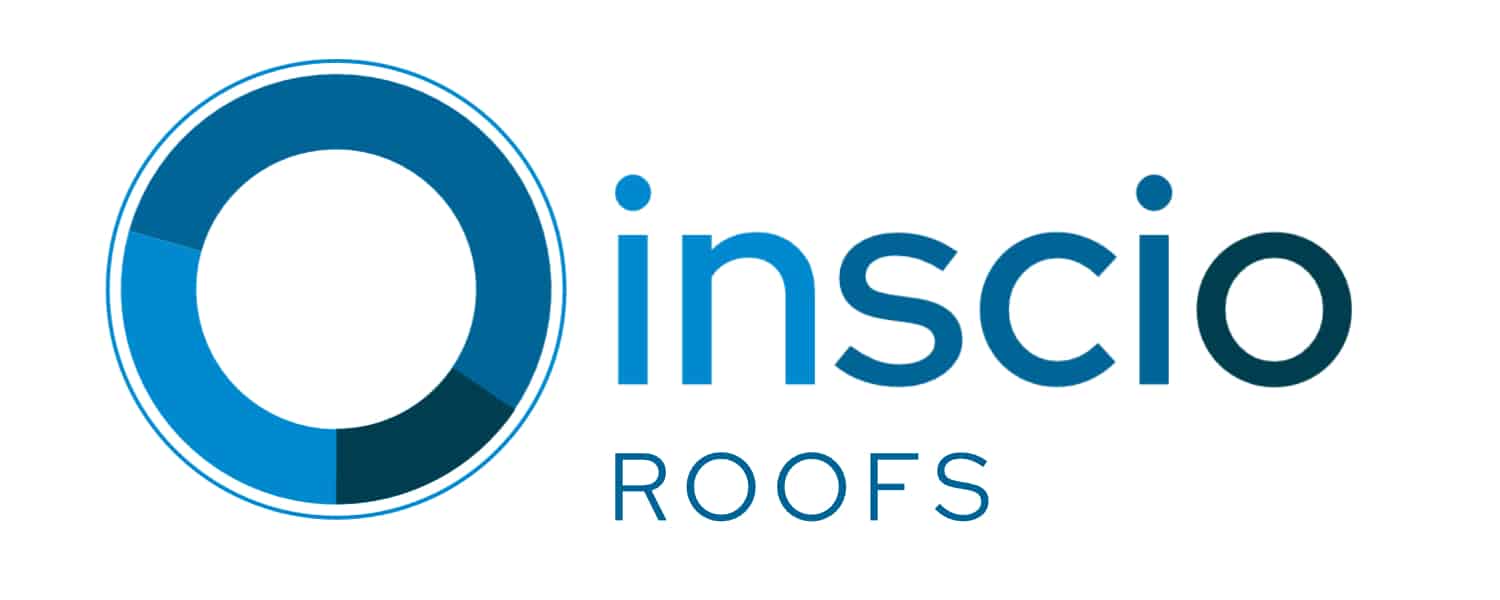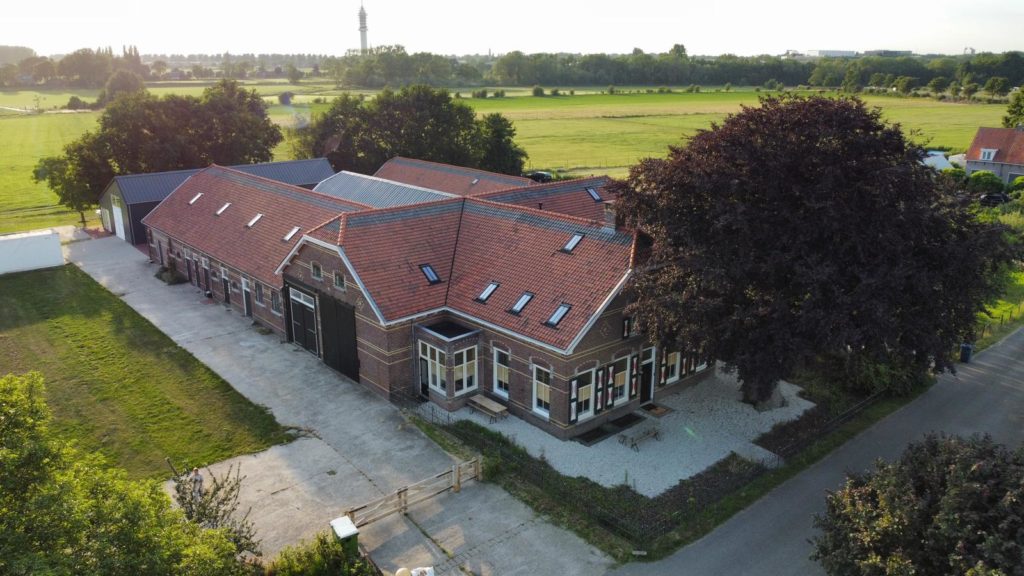General
Sensors have a lifespan that is primarily determined by the battery. Battery life is determined by a number of factors:
- The range from the sensor to a gateway, which determines how long a message takes to travel.
The expected lifespan is up to 20 years.
Theoretical approach
When making an installation plan for sensors in roofs, we use a simple rule of thumb: for every 150m2 we apply one sensor. We then assume a (theoretical) area division of 12 X 12 and for convenience's sake assume that the sensor is approximately in the middle. This creates a grid in which a sensor is never further away than about 7 meters and therefore moisture detection is very likely in case of leakage. We find that this is more than sufficient for our clients. If we meet a client with an extremely critical process under the roof, such as data centers or laboratories, we reduce the grid and apply more sensors.
Practical approach
In practice, together with the property owner or the roofer, we look at the details of the roof and make a laying plan based on that, where we focus especially on complex details, rainwater drainage, slope and eaves. The places where problems can arise in the long run. We often combine this with data from systems where incidents and leaks from the past have been recorded in order to monitor these more closely.
No, we measure temperature, moisture and humidity . That way we get insight into the temperature profile of the roof and we can actually see what happens to moisture.
No, the sensors have a battery and are self-sufficient.
Safety
Security has a number of faces in our context, broken down:
Sensors: the electronics we use in our sensors are extensively tested and have CE certification. In addition, we follow laws and regulations and our sensors are ready for Firmware Updates - Over The Air.
Architecture: The application and data of our software run at Microsoft Azure in Paris and have passed SOC2 certification.
The sensor housings are 3D printed in a fire-resistant material.
Yes, the sensors we are delivering now have Firmware Updates - Over The Air and we already comply with European laws and regulations!
Yes, the technology we use is extensively tested and the electronics we use in our sensors are extensively tested and CE marked.
No, but our software has SOC2 certification. Actually, according to many experts, even better than ISO27001.
The technology we use is extensively tested and the electronics we use in our sensors are extensively tested and have CE certification.
In addition, we use a fire-retardant material for our sensor housing.
Software
Yes! All functionality is available in an app for all mobile devices.
No, our software runs in the cloud and can be accessed through a browser or app.
We have extensive technical capabilities in our software for data exchange to other systems, such as building management systems. In addition, it is possible to use APIs to extract data from our software.
We know of two types of software architectures; multi tenant and single tenant.
In the case of multi-tenant, there is one software instance serving multiple tenants (customers). Logic separates the customers and their data, but physically it is one system and one data source.
We also offer single tenant as a solution to our clients/customers, which allows those clients to physically separate everything from other tenants.
Before we install sensors in the roof, we perform a quality control. After installing sensors in the roof, preferably together with a roof lot, we monitor the behavior of the sensors for a while.
We check the range, readings and differences. Then we switch to a system of signaling on threshold values (thresholds). If we detect deviations we inform client or chain partner.
LoRa allows all kinds of things to talk to the Internet without having to use 3G or Wi-Fi. Battery consumption is low, range is long and bandwidth is limited.
Because we do LoRa together with The Things Network, it is stable, secure and robust.
The software has a variety of visualization options. Such as technical drawings, dashboards and graphs, map and folder views and in-depth analysis with distribution graphs.
- Jeroen van de Laar
"We offer insight where there was never any insight"
'Roofs are increasingly being used as living space (roof gardens), the installation of PV panels and the collection and gradual discharge of rainwater (retention roofs). The roof is found space. But that also leads to enormous risks.'
- Knowledge base

